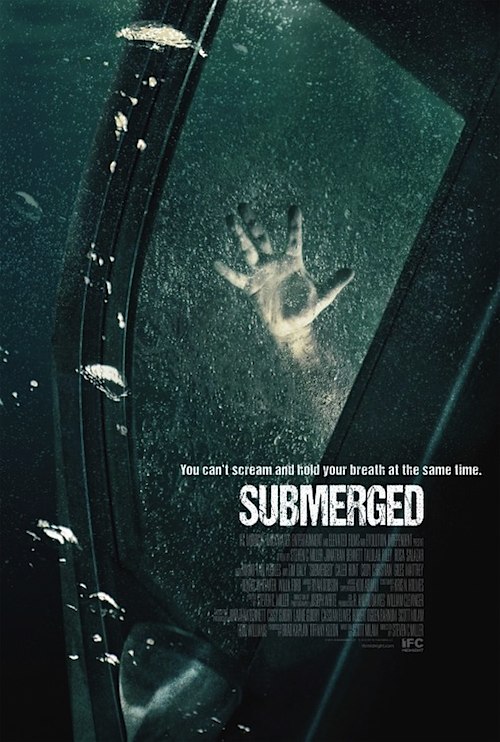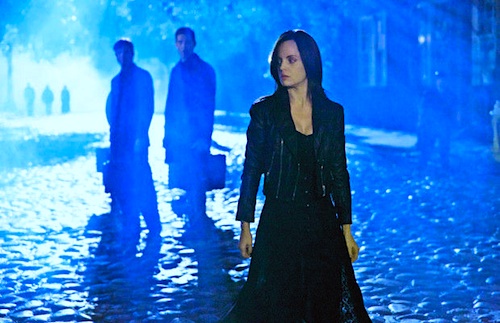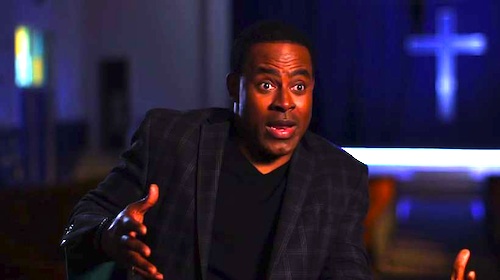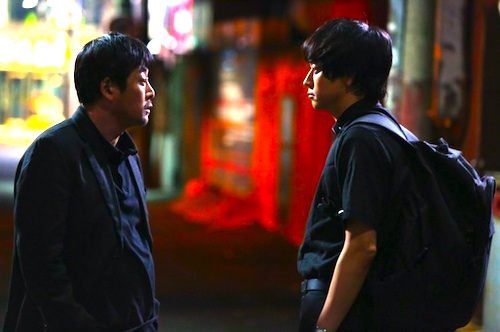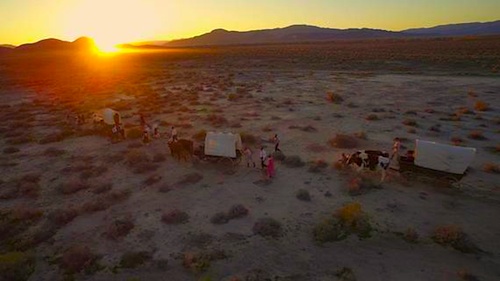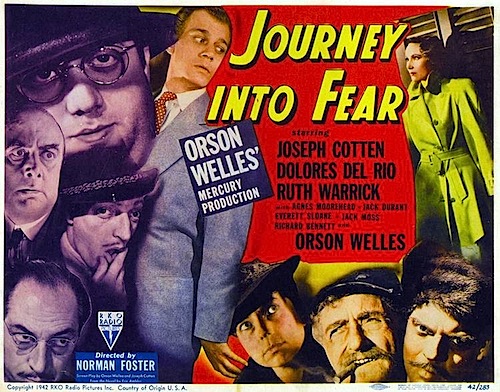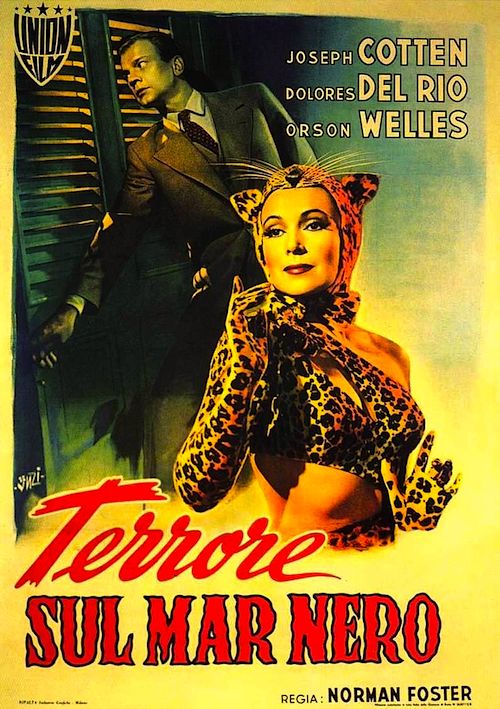By Joe Bendel. Harry Pearce is about to become the James Jesus Angleton of MI-5. He is convinced there is a mole deliberately sabotaging the intelligence agency. Unfortunately, his efforts to expose the traitor might do even greater damage to British national security. Decommissioned operative Will Holloway will be tasked with stopping him. They have some complicated history that will get even thornier in Bharat Nalluri’s MI-5, the feature continuation of the MI-5/Spooks series, which opens this Friday in New York.
Adem Qasim is one of those smooth talking mass-murdering terrorists the media loves to give a platform to. MI-5 had captured him, but he will escape during the opening action sequence. This leaves the Americans (or the “Cousins” as Smiley called us) somewhat perturbed and Pearce on the outs, since it happened under his watch. Learning the escape was facilitated by a mysterious high level command preventing air support, Pearce goes rogue to uncover the truth. It seems he will even make a deal with Qasim, the Devil himself, to uncover the high level turncoat.
Holloway was maybe not such a great agent, but he knows Pearce. Reluctantly, the top Tinkers, Tailors, and Soldiers bring him back to play Pearce’s game, but they keep him on a short leash. At least they will try. Inevitably, Holloway’s loyalties will be pulled in every which direction. Of course, there is also a ticking clock, since Qasim is imminently planning a spectacularly bloody terror attack.
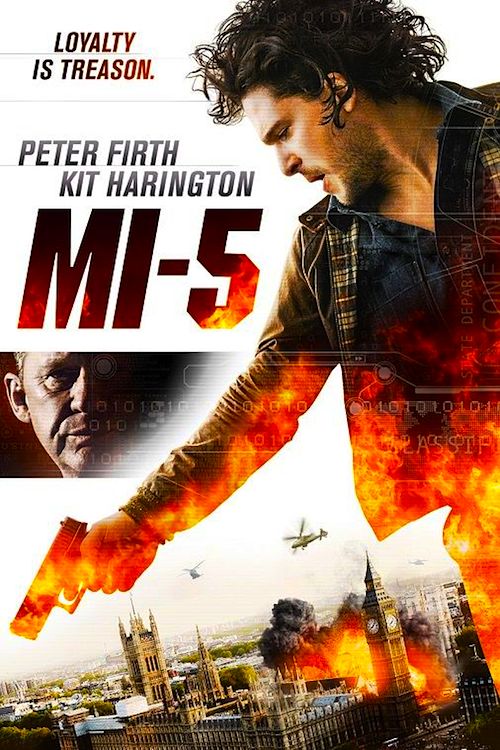 In the UK, the MI-5 feature was released with the subtitle “the Greater Good,” which reverberates throughout the film, but rises to a crescendo during the third act. Jonathan Brackley & Sam Vincent’s screenplay makes it bracingly clear what sort of grim, difficult choices counter-terrorist services must necessarily face. This is not a vocation for timid or the simplistic. You can definitely see the influence of Smiley and le Carré, but they stop short of positing a moral equivalency between the spooks and the terrorists.
In the UK, the MI-5 feature was released with the subtitle “the Greater Good,” which reverberates throughout the film, but rises to a crescendo during the third act. Jonathan Brackley & Sam Vincent’s screenplay makes it bracingly clear what sort of grim, difficult choices counter-terrorist services must necessarily face. This is not a vocation for timid or the simplistic. You can definitely see the influence of Smiley and le Carré, but they stop short of positing a moral equivalency between the spooks and the terrorists.
In fact, the MI-5 feature treatment is surprisingly well written, taking several twisty turns in between some sharply resonant dialogue. To paraphrase Tom Hanks in Charlie Wilson’s War, Kit Harington (John Snow in Game of Thrones) doesn’t look like much of an action star as Holloway, but that is kind of the point. He is supposed to be a misfit.
It hardly matters anyway. Peter Firth takes complete ownership of the film, reprising his role as Pearce from the series. He brings a Shakespearean element to the film not completely unlike Dame Judi Dench in the admittedly superior Skyfall. It is a deliciously Machiavellian anti-heroic turn. Eleanor Matsuura is also convincingly poised and intelligent as relatively straight-shooting agent Hannah Santo. Returning Tim McInnerny is aptly pompous as agency chief Oliver Mace, but he unleashes some stone cold hardnosedness in the climatic showdown.
As a motion picture, MI-5 is almost entirely self-contained, requiring almost no foreknowledge from viewers besides a rudimentary understanding of the current geopolitical realities, which basically means anyone who doesn’t work in the White House should be able to follow it. Yet despite the presence of several new characters, it serves as a perfect capstone to the series. If you have invested time in MI-5 or Spooks, you will appreciate where it takes the remaining cast, while newcomers should find it a lithe and muscular espionage thriller. Recommended pretty enthusiastically by straight-up movie standards, MI-5 opens this Friday (12/4) in New York, at the Village East.
LFM GRADE: A-
Posted on November 30th, 2015 at 10:54pm.
